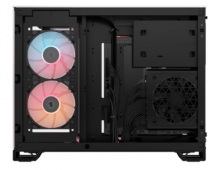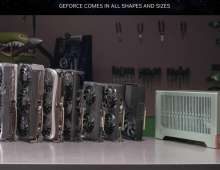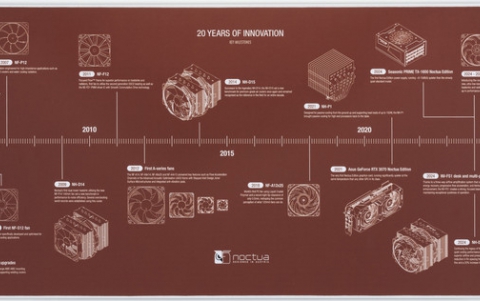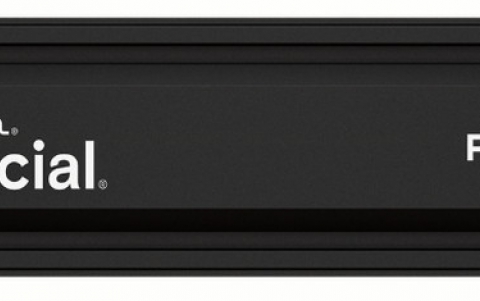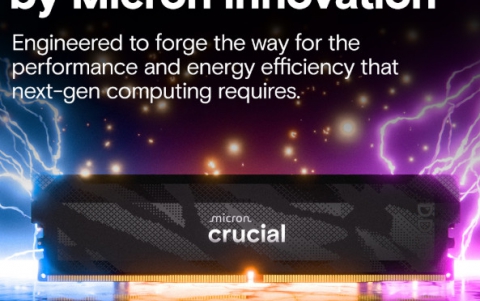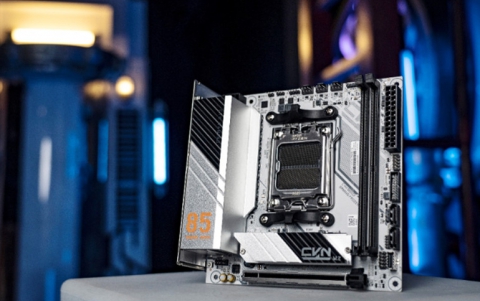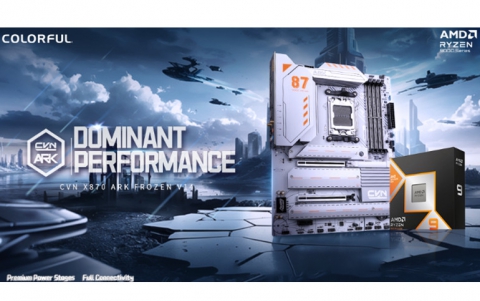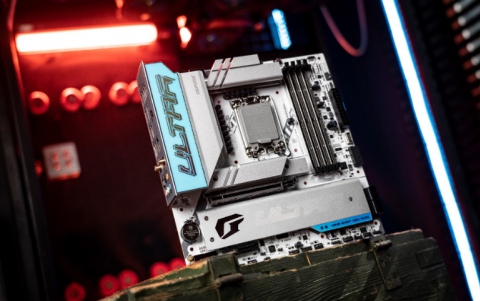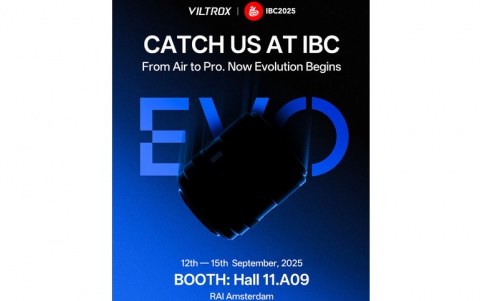CROSSFIRE vs SLI
3. SuperAA
With Supertile bringing out the best combined performance from the GPUs, ATI decided to push its technology one step further and use CrossFire to improve visual quality. In our reviews, we've seen that modern displays and CPUs still tend to limit the performance coming from a graphics card. Also, in lots of games, high end cards alone can deliver so many frames per second that the number easily surpasses an average monitor's refresh rate. In these cases, extra GPU power would normally go to waste either because your CPU can't handle that many frames or because you don't actually need that high a performance. So, ATI thought: Why not put the second graphics card to work improving Anti-Aliasing to a much higher level. The result of this research was SuperAA.
 |
A pixel, with it's center and the 6 sample points (6xAA) |
Anti-Aliasing (AA) is a well known rendering technique designed to remove jagged edges, shimmering, and pixelisation problems that are common in rendered 3D images.
On modern graphics cards, Anti-Aliasing can go up to 6x. In that case, first the card has to render an ultra high resolution image that will never be output to screen. Then, for each pixel of the final rendered image, the card samples a pattern of 6 points out of the high resolution image. Using the 6 samples, the card determines the final pixel colour. As you can probably understand, downsampling like that causes a serious performance drop. The more samples you use, the less frames you will get rendered per second. Also, as an immediate result of the way AA works, some objects that are close to horizontal or vertical get jagged edges as you can see in the picture below.
 |
SuperAA delivers far superior image quality (Click to enlarge) |
SuperAA is ATi's innovation that promises to take care of all AA's main problems.
The second GPU is now given the task of rendering the high resolution image from which the samples will be taken. The two cards each having the ability to sample 6 points from that image, use different patterns (actually rotated by 180°) instantly pushing the sampled points up to 12 (12x).
 |
A pixel, with 2 centers and 12 sample points. The two outer squares mark the two Crossfire cards. |
Another brilliant idea implemented by ATi was to use alternate pixel centers for each card, which further increases the effective samples to 14 (14x). In essence, this means that each card will hold a different image of the scene that when combined, will boost image quality to the highest level.

As a result, Crossfire systems will be able to make use of 8x, 10x, 12x and finally 14x. Performance is still untested, but ATi has promised "little to no performance hit".

Another bonus of the alternate pixel centers is that it's going to work well with Anisotropic Filtering. Anisotropic Filtering removes the blurry effect of distant, non-parallel to the screen objects, by applying a number of texture samples on them. The different point of view of the cards for 10x and 14x SuperAA will work at the same time for AF, doubling its effect up to 32x!
The full list of ATi's Anti-Aliasing techniques |







